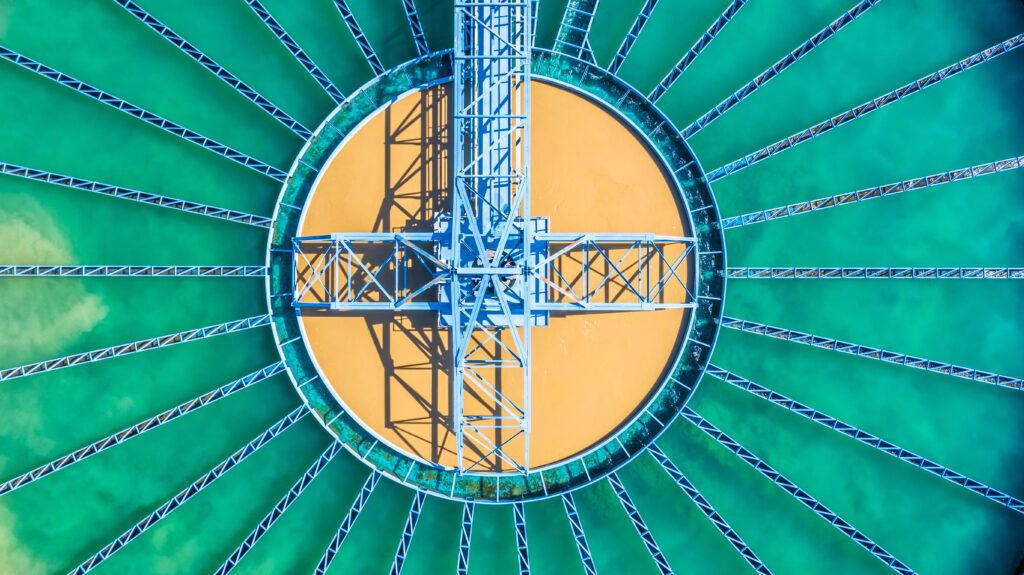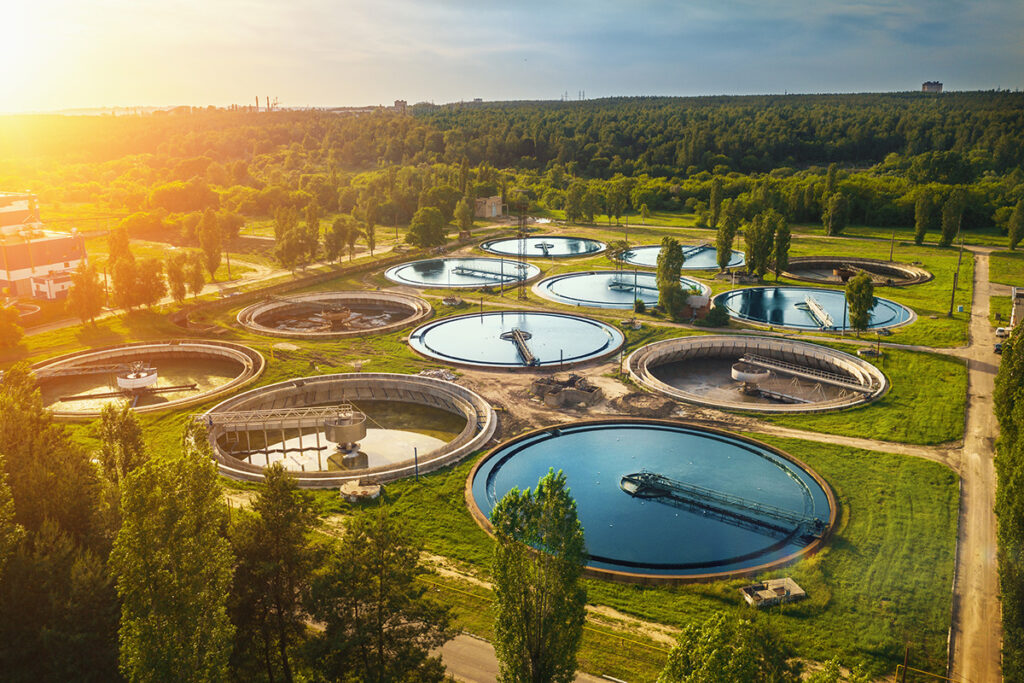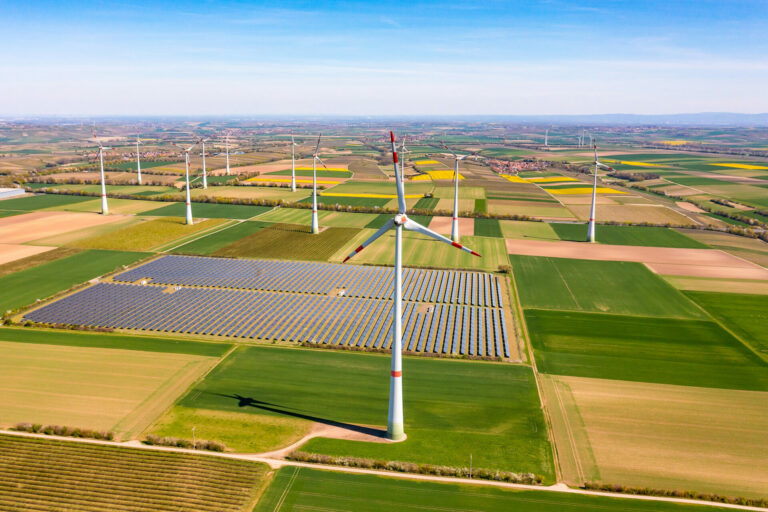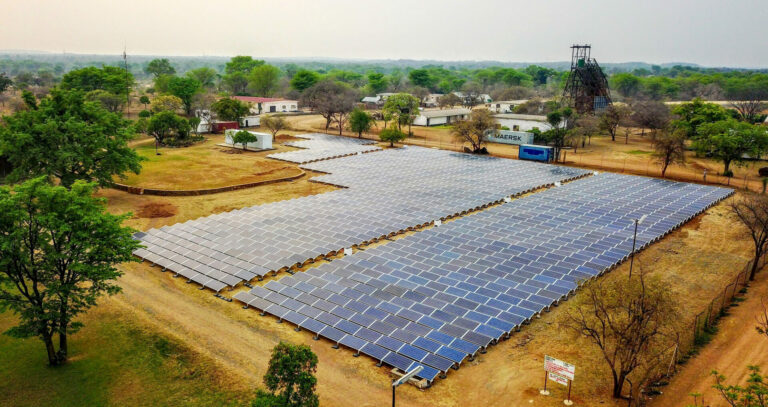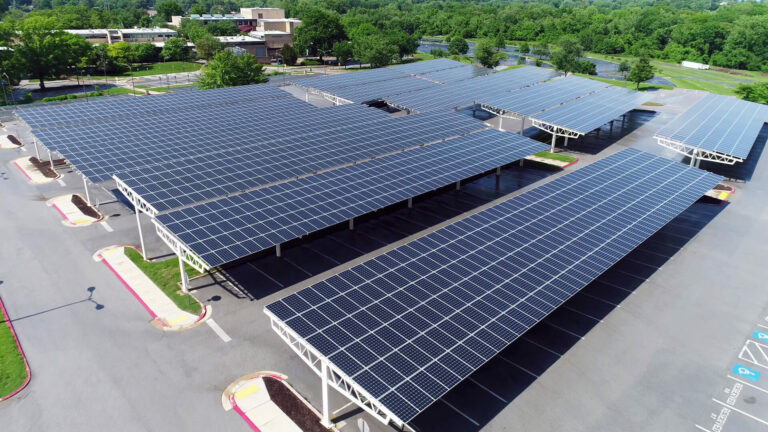Growth across the construction industry has long been a balance between the habitation and infrastructure needs of an ever-growing population and the requirements of the planet to remain sustainable. As we dig deeper into the undoubtedly finite resources the earth has to offer, we are tasked with finding additional ways of maintaining the levels required by all living people. There is, quite rightly, huge anticipation and excitement for innovative smart technologies and the developments that will benefit infrastructure networks around the world. However, the need for reimagining the way infrastructure serves the towns and cities in North America is occasionally a little less glamorous, but no less important. In fact, some of the most vital work is being done in sectors of society such as rivers, sewers and wastewater treatment. Studies relating to the release of polluted water are, worryingly, showing an upward and negative trend. An increase in heavy storms due to climate change is having catastrophic effects on the water system with the EPA reporting that, as far back as 2000, around 850 billion gallons of untreated wastewater was being released every year into rivers, lakes and other bodies of water.
The wastewater infrastructure, evidently, is in need of redevelopment. The cause of this staggering and deeply concerning figure, however, may not be as well understood. Many major cities have what are known as a Combined Sewer Overflow (or CSO). These CSOs, built over a century ago, redistribute the untreated wastewater in the event of the regular drainage systems being unable to manage the volumes of water. Unfortunately, this excess water does not reach water treatment plants and ends up in public bodies of water. While the current mitigation is by installing what is known as Gray Infrastructure – enormous new tunnels to safely house this wastewater until it is safe to move – this is a clumsy and slow process.
The future is not necessarily a bleak one, however. One Washington D.C. project that has just been called “a total success” has utilized Green Infrastructure alongside Grey Infrastructure in the hope of offering a better alternative, both environmentally and financially. Green Infrastructure is the use of rain gardens, bioswales, tree trenches, permeable pavement and green roofs that can absorb more rainwater directly where it falls, rather than it be carried through the drainage network. The aforementioned D.C. ‘Clean Rivers Project’ is an enormous $2.6 billion infrastructure program which is due for completion in 2025. The goal of the project is to treat and divert 96 – 98% of all wastewater. Interestingly, the project only added a Green Infrastructure component mid-way through, adapting plans to incorporate plant-filled drainage areas, cisterns, permeable alleys and rain gardens.
This is not the only instance of Green Infrastructure, however. The original example of this –trees and parks themselves—have been used for centuries as a means of absorbing, treating and delaying stormwater from reaching the sewers in towns and cities. According to the American Society of Landscape Architects, the use of Green Infrastructure “creates oxygen, sequesters carbon, and creates wildlife habitat. Urban greenery has also been proven to improve mental health and well-being.” It is with the onset of climate change however, that this sector has needed to become both more complex and innovative. Unsurprisingly, Philadelphia and New York City are leading the way in the promotion and use of Green Infrastructure with projects costing billions of dollars taking place in both locations. In Philadelphia, the go-ahead to a $1.2 billion program of spending is taking place. This is a huge achievement in itself, given that an initial costing of $8 billion had been quoted for a Grey Infrastructure project of similar scope. According to the Philadelphia Water Department, the project will have far reaching positive impacts such as carbon emission savings of up to 1.5 billion pounds, fewer deaths or health issues and the economy will benefit from local job creation.
“Urban greenery has also been proven to improve mental health and well-being.”
In New York City, the plan is equally impressive through a combined adaptation of various types of Green Infrastructures such as green roofs, subsurface detention and infiltration, rain barrels or cisterns, rain gardens, swales, street trees and permeable pavement. In addition to the cost savings in comparison to Grey Infrastructure, the city estimates that “every fully vegetated acre of green infrastructure would provide total annual benefits of $8.522 in reduced energy demand, $166 in reduced CO2 emissions, $1,044 in improved air quality, and $4,725 in increased property value.”
The benefits of Green Infrastructure are not the sole concern of large cities, however. These methods are advised around the world as both mitigation strategies and positive forward planning. Mark Focht, President of ASLA, explains that there are benefits economically, socially and environmentally in what he refers to as a “triple bottom line effect.” According to Focht, the potential environmental benefits are enormous. In the case of Philadelphia for example, 1.5 billion pounds of carbon dioxide being removed from the environment is equivalent to removing 3,400 cars off the road each year. Indeed, these multi-sector benefits have seen other areas of the country developing Green Infrastructure policy and plans.
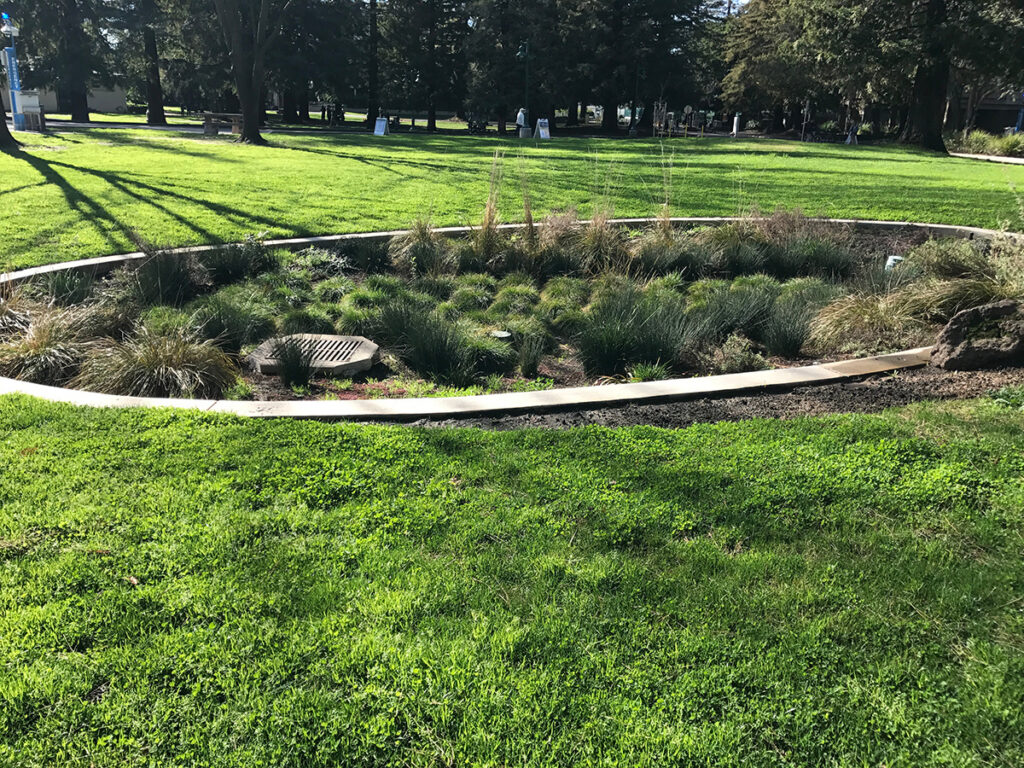
Water Wise is a collaboration founded in 2013 as a partnership between Dana Brown & Associates, Recharge NOLA, Imagine Water Works (formally known as Water Works), Bayou Land, and Global Green. According to those at Water Wise, their mission is manifold. They collaborate with community-based organizations to advance Green Infrastructure, raise awareness and provide education on Green Infrastructure. By growing a network of community advocates, known as the Water Wise Neighborhood Champions, they install green infrastructure projects at the homes of Water Wise Neighborhood Champions, at small businesses, churches, community centers, on vacant lots and in public rights-of-way.
Angela Chalk, a 7th Ward resident who founded the organization Healthy Community Services and has been the key point of contact for Water Wise activities in her neighborhood believes that by remedying the flooding, soil subsidence and local air temperature needs of communities at risk of climate-change induced chronic flooding, the collaboration has been paying huge dividends for both the infrastructure and environmental needs of the communities, giving autonomy to minority groups in the process. “When history is written,” Chalk says, “There will be Black and brown faces all over the beginnings of the green infrastructure sector, at least in New Orleans and Southeast Louisiana.”
While it may seem an obvious solution to multiple challenges facing our towns and cities, adoption of Green Infrastructure is not happening everywhere. In fact, environmental groups have a difficult fight on their hands in educating communities as to the potential benefits of using these strategies. Despite this, these grounds are working tirelessly to amplify this message. The evidence is mounting and Green Infrastructure clearly has enormous benefits. According to a recent report from ASLA, “Green infrastructure practices can be less expensive and more cost-effective than traditional infrastructure approaches. These practices can also increase energy efficiency and reduce energy costs, mitigate flooding, and improve public health. Building on the success of green infrastructure practices in cities and towns across the country, local leaders, utility managers and engineers can create healthier, more energy efficient and less flood-prone communities for the future.”
Less glamorous? Maybe; but exciting nonetheless.









